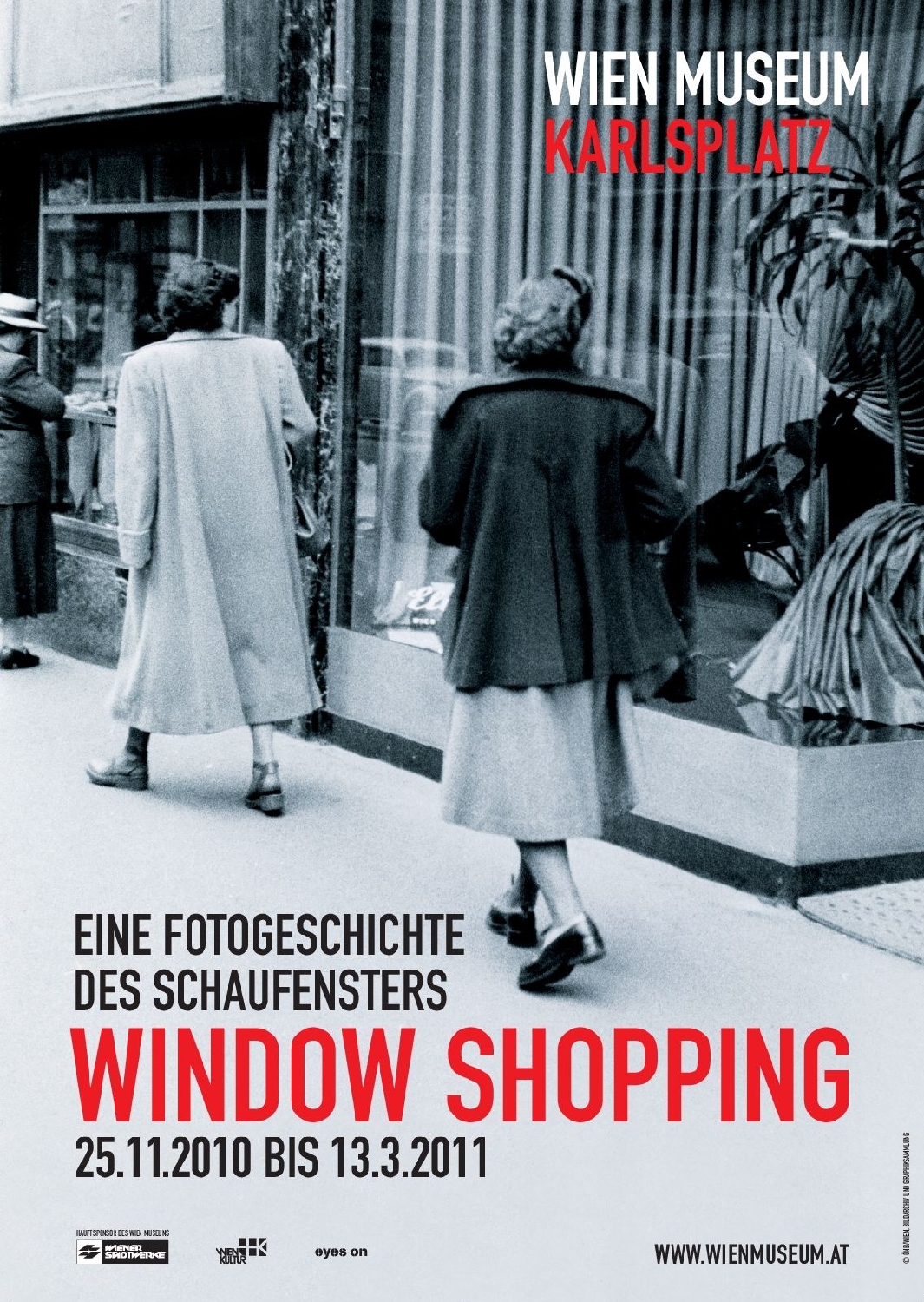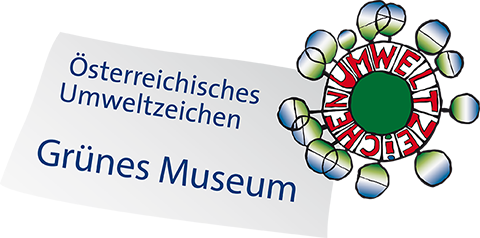Window Shopping
A Photographic History of the Shop Window
November 25, 2010 – April 3, 2011
Window Shopping
A Photographic History of the Shop Window
The window display has evolved since the 19th century into a central and varied location of modern consumer culture, contributing vitally to the face of the modern city. It presented an amazing range of new products, similar to an exhibition, and established a form of strolling and gazing hitherto unknown: that of “window shopping”. Pioneers of the modern shop window were department stores, which became the venue and symbol of modern consumer society. Besides the Kohlmarkt, the Graben and Kärntner Straße, Mariahilferstraße with its shopping temples such as the Herzmansky department store, and Stefan Esder’s “Zur großen Fabrik“, evolved in the late 19th century into the city’s leading shopping street: “Here we are a city”, the Neue Freie Presse boasted in 1895. Only at night did the shop window as the “stage of the world of goods” reveal its full effect, “a fairy tale splendour, such as was never dreamed of by the virtuosic writers of the Arabian Nights”, in the words of one enthusiast. The reactions were not always so positive, with representatives of the church criticising the ubiquity of commerce, and the homeland defence (Heimatschutz) movement fighting the disfiguring of the city’s character by the “epidemic of advertising”, not least of all because new fixtures of shop windows often paid little heed to the old building stock.
To achieve the right “shop appeal”, decorators were hired, with shop window dummies becoming established above all in the textile industry; “pile display windows” were also popular, with a small selection of articles symmetrically arranged in large numbers. Indeed, the professional window display design staged not just luxury but also mass goods, thus contributing significantly to making them more aesthetic. Window shopping was not only part of a new consumer practice, it also belonged to one’s perception of the city, and one’s experience thereof. Window shopping was synonymous with “being in the city” and moreover offered women a welcome, “legitimate” chance to be able to move around in public without a chaperone.
As a stage for the presentation of goods, the window display exerted an enormous attraction – not only on passers-by and those keen to make purchases, but also on representatives of literature, art and photography. Besides photographic art, documentary photography also popularised the new visual codes, not least of all through the illustrated magazines and popular literature that had been booming since the inter-war period.
The exhibition, which was opened as part of “Eyes On. Monat der Fotografie Wien”, shows as yet unseen documentary pictures from the Wien Museum collection as well as examples from artistic photography. Besides works by August Stauda, Emil Mayer, Martin Gerlach jun., Franz Hubmann, Barbara Pflaum, Lucca Chmel, Gerhard Trumler, Trude Lukacsek or Didi Sattmann, documentations of historical displays of department stores and shops such as Herzmansky, Gerngross or Palmers are on show. They are added to by window display magazines and photographic albums.






